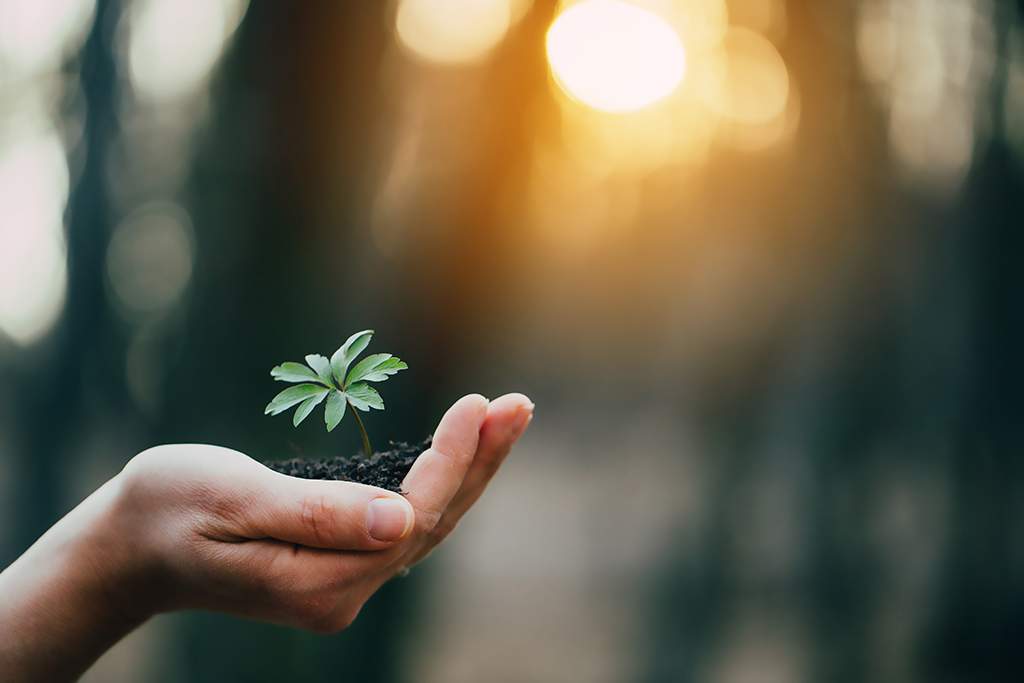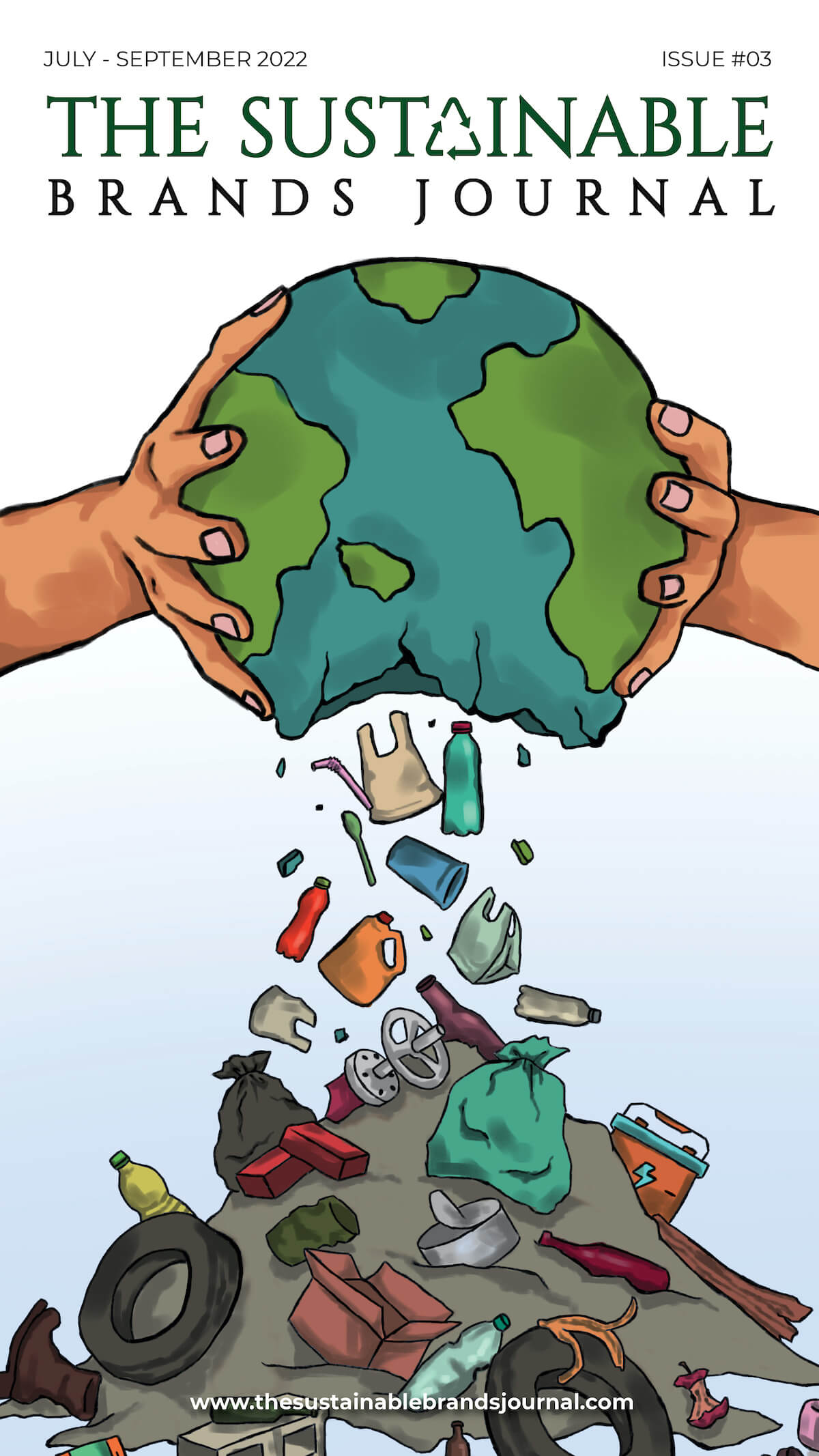
COVID-19 & Its Impact on Climate & the Environment
“The environment is where we all meet; where we all have a mutual interest; it is the one thing all of us share.”
——-Lady Bird Johnson
It was first in December 2019 that the first COVID-19 case was reported in Wuhan, China. And then, there was no looking back. From Wuhan, it spread across multiple countries, nations and continents and finally, the entire world. What began with a case or two, now, there are a total of 27.1 Cr cases and 53.1L deaths globally.
It goes without saying, the pandemic has been wreaking havoc in our lives, financially, emotionally and psychologically. Besides social distancing, frequently sanitising and wearing a mask, the ‘work from home’ culture is quite in vogue for the past two years. The mere option for convenience got converted full-time method of working and it will continue for many more years to come.
COVID-19 has severely impacted the global economy and health and it is still continuing. But what about the pandemic effects on the environment? Is the environment too bearing the brunt of a deadly disease?
Let’s delve deeper into the details and find out.
COVID-19 & Its Impact on the Environment
According to The World Bank, pollution causes 9 million premature deaths (16% of all those worldwide). That’s three times more than from AIDS, tuberculosis and malaria combined. Additionally, it is 15 times greater than wars or other forms of violence which means that pollution will have a bigger impact on our health in the future if we don’t start acting now.
COVID-19, Pollution and Environment
The current COVID-19 pandemic further highlights the need for continued action in addressing environmental pollution, including air quality. Research has shown close links between this and illness and death due to it as well – increased rates of lung cancer, asthma attacks among children/adolescents, chronic obstructive pulmonary disease – all caused by particles found PM2.5s or other harmful gases released into our atmosphere when fossil fuels are burned incompletely. For instance, coal power plants perform incomplete combustion which causes the removal of coals from their natural state because they become acidic during combustion releasing chemicals such as sulphur dioxide. This leads to higher incidences of respiratory issues among people who live nearby.
However, due to the recurring lockdowns and quarantines, the air quality of some places have improved significantly as reported by researchers and scientists. During the pandemic, there’s been a sharp decrease in air pollution that has had a significant impact on reducing the effects of climate change. As a result of the decrease in commuting, industrial activities and transportation, air pollution has decreased across many countries. This includes China which was one major hotspot for carbon emissions; Italy where credible numbers have been reduced due to work from home policies adopted alongside Spain that witnessed an improvement after implementing similar measures earlier this year.
Has COVID-19 Improved Air Quality in Countries Worldwide?
The Chinese capital Beijing has had an unexpected sight of clear skies as factories in the region have shut down production. Given China’s enormous air pollution level which causes about 1 million premature deaths every year and makes it difficult for people to breathe, seeing anything other than these lung-choking levels of pollution was such a relief that one cannot help but marvel at the unexpected spectacle.
This sharp decline in pollution and carbon emissions is a positive development for the planet as well as humans who live on it. Air pollution contributes to millions of deaths each year across multiple countries around the globe and is associated with cardiovascular disease or respiratory issues like asthma, COPD, Tuberculosis, Chronic Bronchitis and more.
COVID-19 has been a major cause for concern among air pollution victims, but recent studies show that clearer skies may deliver relief. The more time spent outside and in direct sunshine, the less susceptible one becomes to COVID-19 infection as their body grows stronger against the virus due to Vitamin D metabolism which results from exposure to the sun. The clear atmosphere can help people who are suffering from COVID-19 breathe easily while health experts say years of exposure to pollution has increased the risk of contracting the infection.
The sharp drop in the emission levels may have created a conducive scenario for climate change. As warned by climate scientists, carbon emissions all over the world must be reduced so that by the end of the century, our planet can have the slightest possibility of limiting the temperature from increasing above 1.5 degrees Celsius. And to make that happen, it is projected that unless we invent a way to remove more carbon dioxide from the atmosphere than what humanity releases, global warming will become irreversible by 2050. For example, renewable energy sources such as solar panels or wind turbines have shown us how much potential they hold in this area of research and development with numerous companies investing in new technologies every day.
As Steven Davis, Associate Professor at the University of California in the Department of Earth System Science, in recent years, the economy has created over 500 tons of CO2 per $1 million of the global GDP compared to 2019 emissions at 40 billion tons per $88 billion of the global GDP. A decline in the world’s GDP could lead to a reduction in CO2 emissions. This correlation has been observed before and is likely due to economic recessions causing people around the globe to become less discretionary to spending. This has led them to cut back on their energy consumption at home or rely more heavily on coal-burning power plants abroad.
When China imposed a quarantine on its citizens, the NO2 levels dropped dramatically. Copernicus Sentinel-5P satellite data showed that there were significant drops in pollution during New Year’s Eve and Chinese National Day celebrations when compared to 2019–35% lower for some cities but more than 50 – 60%. A 40% reduction in NO2 level was also reported in Italy, above cities like Milan. Bloomberg reports that countries such as Italy have clearly highlighted the impact of the pandemic on its economic output. Consumption of electricity has dropped low significantly due to the quarantine-induced business shutdowns. This drop in electricity consumption is playing a major role in lowering the emission levels.
However, Wade McGills, an associate professor of earth and environmental engineering at Columbia University, warns us not to consider this as a silver lining. Once COVID-19 ebbs, pollution levels will return, this time, with double the force. “I see it and it’s quite possible that those poor people who are not moving around and sheltered in place and their lives getting ruined.”
COVID-19 & Wildlife
The recent increase in quarantines around the world is also affecting wildlife as humans are increasingly staying confined to their homes for a long time. In Japan, for example, there is evidence that deer living within Nara Park have been spotted wandering into urban areas looking for food after restrictions were put into place. Usually, tourists feed the deer special snacks to keep them comfortable and content and now, they’ve all become accustomed to these snacks. A video was posted that showed monkeys fighting over food given to them by tourists in the city of Lopburi, Thailand. The animals have come to rely on this provision, but visitor numbers have dropped dramatically recently leading many of the monkeys into danger as it’s difficult to find enough sustenance.
James Parkhurst, an Associate Professor of Wildlife Science at Virginia Tech, claimed that COVID-19 related impacts could be felt on local wildlife in some of the popular metropolitan areas of the United States. This is because of the ‘stay at home’ orders imposed on these metropolitan cities. With the population of cities coming down rapidly, restaurants and businesses remaining shut indefinitely, there could be a shortage of food resources for animals who rely on them, intensifying their search for food.
With humans largely decreasing their activity, there is increasing visibility of diverse assemblage of species that live in our urban areas and are usually overlooked by average people. Due to the increasing rate of activities during the day, several animals living in the urbanized areas often engage in a nocturnal lifestyle. However, with a decrease in human activities during the day, some animals can be seen taking advantage of this opportunity and enjoying daylight unlike in pre-COVID-19 times.
Steps to Take to Avoid Future Pandemics
- In today’s world, it is not surprising that there are many ways to prevent and control the spread of disease. By working together at all levels with public health leadership in charge, we can make smart investments for a healthy society—federal, state/local agencies supporting science research funding needed for early response against outbreaks, medical supplies, testing equipment and efforts to control or abolish illegal wildlife trade.
- Acting against climate change is crucial to avert the next pandemic. For example, preventing deforestation, the primary reason behind global warming, not only increases the risk for infectious diseases but can have significant environmental consequences as well.
With natural habitats being destroyed or animals migrating further distances than they would otherwise go, these actions help stem biodiversity loss while slowing down animal migrations which potentially amplifies the chance of transmission of any deadly organisms they may carry within them.
For instance, the Ebola epidemic in West Africa probably occurred because bats, who were used to living within the forest and feeding on fruit from palm oil trees but are now forced into new habitats with no food source. - We can rethink how we raise animals, including those that are intensively farmed for their meat as well as agricultural practices. This will prevent transmission of disease between them and curb any potential risk to human populations from spillover effects.
- Air pollution is a serious issue that can have adverse effects on human health. Reducing the amount of air toxins we breathe will help protect us from respiratory infections and other illnesses, such as coronavirus. This can be done by replacing coal and natural gas with healthier renewable sources of energy like solar, wind or tidal energy.
- Global climate change is an issue that has been decades in the making. It’s time we start reducing greenhouse gas emissions now! The most important way you can do so is by powering your home or business with electricity generated from low-carbon energy sources such as wind and solar panels on rooftops. This will provide cleaner air quality by decreasing the release of harmful air pollutants like sulphur dioxide, carbon dioxide and nitrogen oxides and preventing the risk of cardiovascular diseases, including respiratory issues caused by coronavirus.
Final Words: Humans are an integral part of nature, and all activities that impact the environment also has effects on us. As per the Stanford University’s Department of Earth System Science professor Marshall Burke in China – just two months’ worth of decreased pollution levels saved 4000 children under 5 years old as well as 73000 adults over 70. Right now, there is no time to analyze whether the virus is “good” or “bad” for climate change, but instead, we can create an economic system that supports people without threatening Earth’s life.





